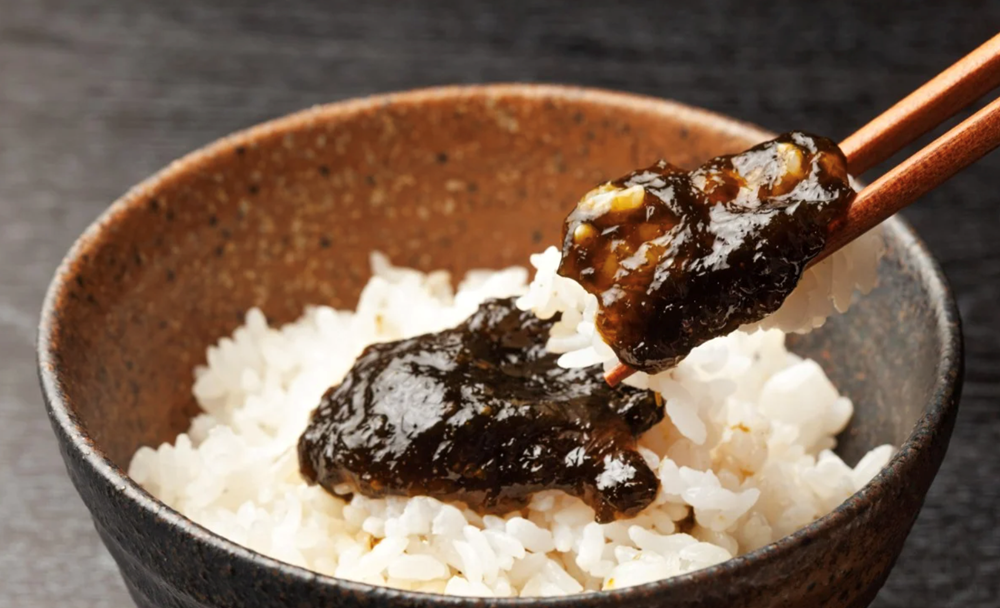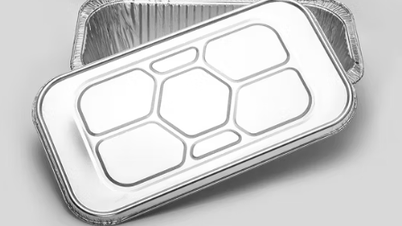
Tsukushin, the Kobayashi family's factory-turned-store, is tucked away on a quiet, quaint corner of Tsukuda Street on the banks of the Sumida River in central Tokyo. This is where tsukudani was born.
Work began at 5am. Father and son did not speak to each other, did not look at each other, but moved quickly, like machines, from one task to another. Beads of sweat appeared on their foreheads.
This is what father and son Yoshihiro Kobayashi have been doing at the shop for many years. They cook the ancient Japanese dish tsukudani in large metal pots.
Tsukudani is known as a very long-preserved dish from the Edo samurai era more than 200 years ago, before modern refrigeration.
Pieces of tuna, small shrimp, seaweed and other ingredients are simmered in a sweet syrup made from soy sauce, sake and sugar.
The atmosphere in the shop is humid, rich and sweet. Today it's tsukudani clams: two pots from 6-7am, and two more from 7-8am. In the afternoon, other dishes will be cooked, depending on orders from restaurants and shops.
They cannot stir the food they are cooking too much, because it is very fragile.
"My father had a deep love and special respect for what he inherited," Yoshihiro Kobayashi said of his father.
Kobayashi initially had no intention of taking over his father's business. But then he decided to return.
Today, Tsukudani has become a standard Japanese dish, often mass-produced in modern factories far from its birthplace.
At Kobayashi's shop, tsukudani is cooked in containers called kamados, which were heated by wood or charcoal in the old days, but today use gas. The tsukudani is then placed on a large handai wooden plate - just as their ancestors did. It's a meticulous process that requires simmering for about an hour, and the quantity that can be produced at one time is limited.
A dish passed down through generations
Tsukudani is a prime example of how Japan still maintains traditions passed down through generations, despite high-tech modernity and an economy fueled by global companies like Toyota and Sony.
Although people usually enjoy Tsukudani by eating it with hot rice, served with miso or soy sauce soup, it is also a delicious snack when eaten with sake.
Tsukudani can also be used as a filling for rice balls or as an easy side dish for bento (boxed lunches). Overall, rice is the perfect pairing with Tsukudani.
“Tsukudani ice cream or Tsukudani potato chips are not a trend. If you don’t eat them properly, they won’t taste good,” said Yoshihiro Kobayashi.
Noriko Kobayashi, who is not related to the Tsukudani makers, runs a small shop in Tokyo selling artwork, wooden statues, patterned clothing and other knickknacks from Africa, Scandinavia and other far-flung places. She said she enjoys eating Tsukudani seaweed with cheese while sipping sake, usually at dinner.
“When I was young, I didn't think this dish was anything special, but now that I'm older, I find that it's very good for my intestines,” said Ms. Kobayashi .
Source: https://baovanhoa.vn/du-lich/tsukudani-mon-an-pho-bien-cua-nhat-ban-voi-hon-200-nam-truyen-thong-152012.html





































































































Comment (0)